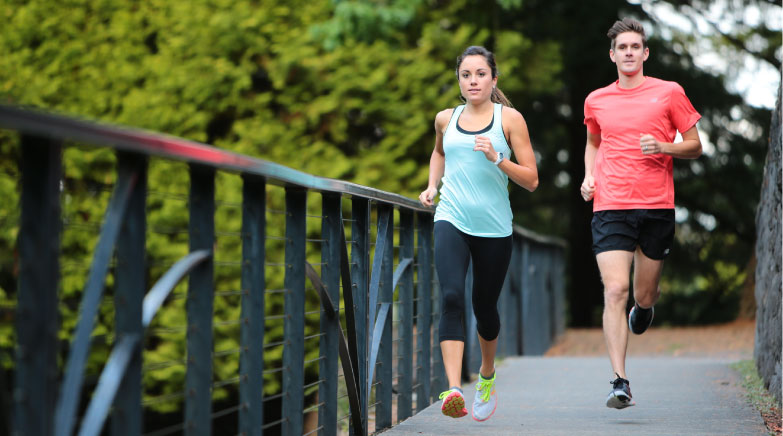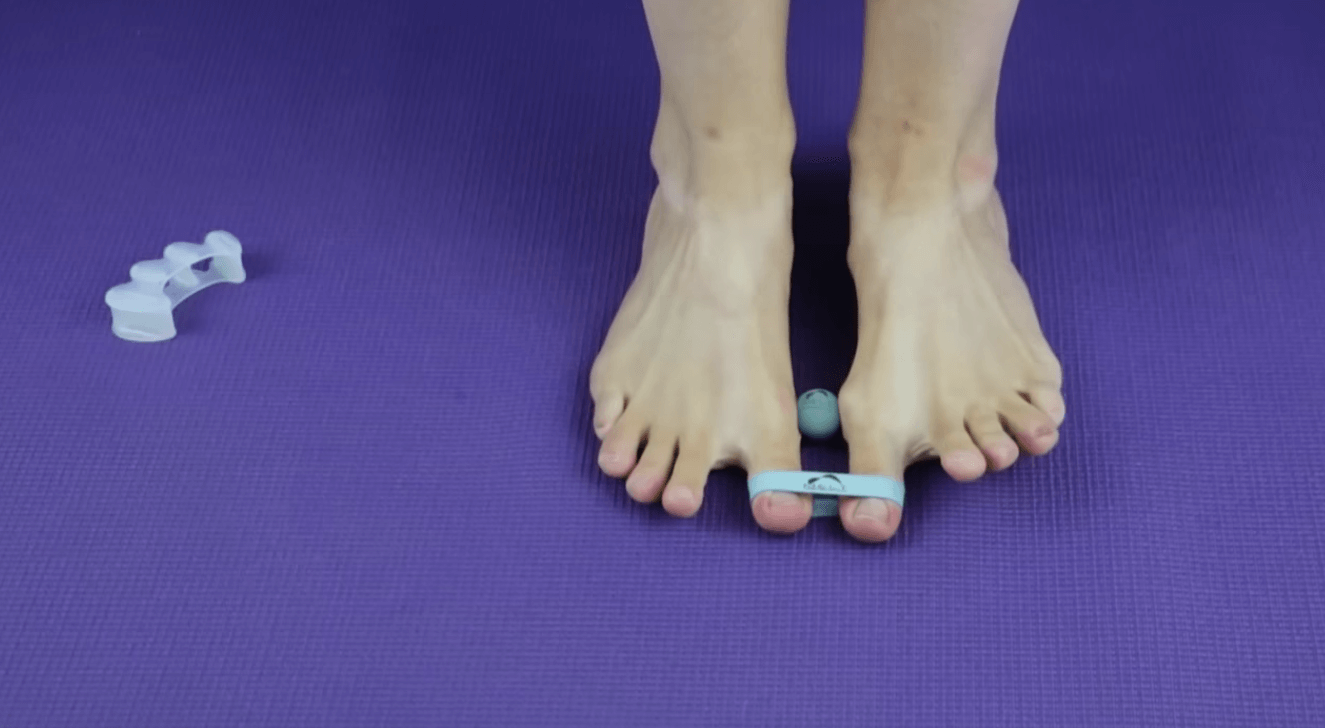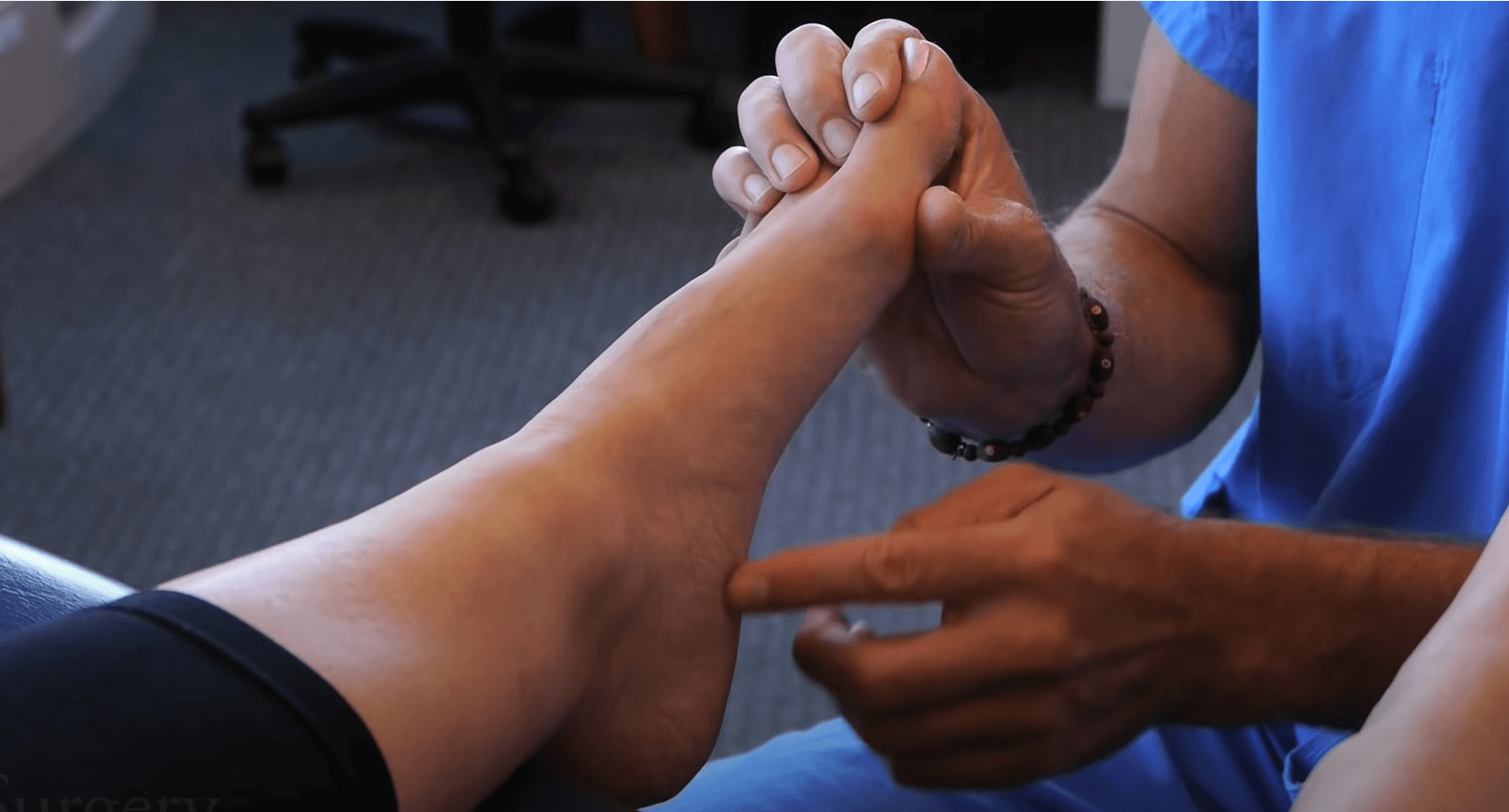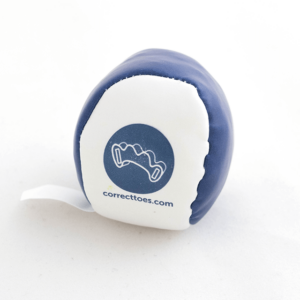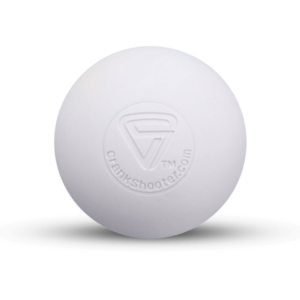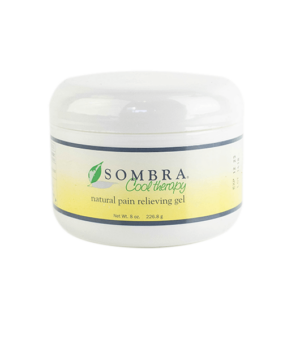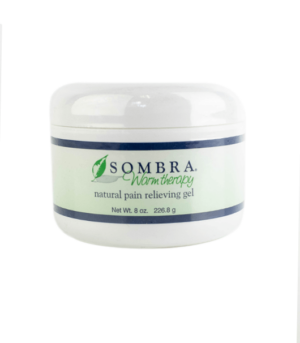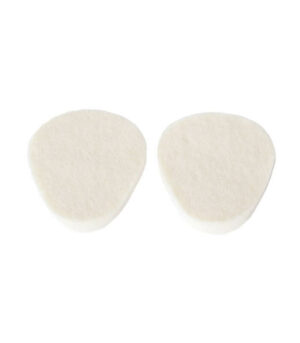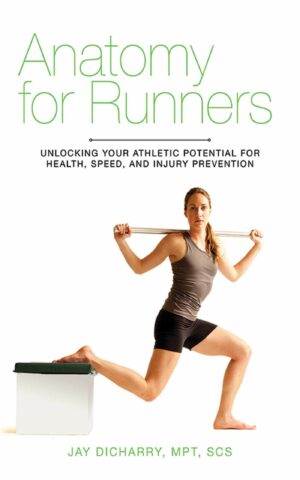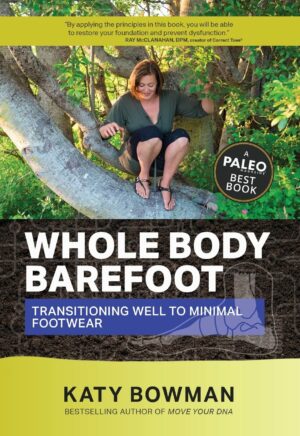The following article was written by Jim Hixson of Feet for Life Motion Center in Chesterfield, MO. This piece recently appeared in a slightly different form on the Natural Running Center website.
1. Humans were not meant to run.
Locomotion is arguably the most important characteristic that determines the survival of a species. Unless predators can be avoided and food obtained, life will be short-lived. Both of the two basic forms of bipedal human locomotion, walking and running, are essential, although they are used for different purposes. We think of our sport as a form of exercise or recreation, but our ancestors had different needs and running was a necessity.
2. Everyone should be running because this activity is natural.
Unfortunately this is not true. What is true for the species is not necessarily true for the individual. There are individuals who should not be running, such as those with severe physical handicaps or significant weaknesses, the morbidly obese, and the very elderly.
3. There is no correct way to run.
There is no perfect way to hit a forehand in tennis, or to drive a golf ball, or to kick a soccer ball, but the degree of divergence from the accepted norm in each of these activities is relatively small. When you look at runners who have excellent form, the similarities are more numerous than the differences. There is a model that should be followed.
4. Running form is not important.
Good biomechanical form leads to less initial shock, shorter ground contact time, increased stride frequency, greater power output, and quicker recovery. Fortunately it is not necessary to be a top runner to have excellent biomechanics, although the converse is not true. In short, proper movement in all sports increases the enjoyment of the activity, improves performance, and reduces injury rates.
5. Running form should not be changed as it is based on individual characteristics.
All athletes benefit from removing inefficient movements from their form. Behind every impressive athletic performance are thousands of hours of diligent practice and athletes in all other sports spend hundreds of millions of dollars each year for instruction to learn proper biomechanical movements, from the most basic to the most advanced. It would be unusual if running was the only sport where changing poor form was purposely avoided.
6. The long the stride the faster the speed.
A long stride with a high cadence and proper biomechanics will result in faster speed, but a long stride that is the result of improper form will reduce speed and efficiency. When your foot touches the ground too far in front of your body, that is, when you over-stride, you land heavily on your heel, increasing the braking effect of your foot contacting the ground. When running properly your foot should make initial contact with the ground under your center of gravity. Concentrate on running with a quick and light stride. Running hill repeats is a good way to develop this ability.
7. Humans did not evolve to run on very hard surfaces.
In fact, humans did not evolve running on soft surfaces, and certainly not on golf courses! Take a trip out west, maybe to Colorado or New Mexico and run barefoot on a trail. The surface under your feet will be just as “soft” as the ground in Tanzania, the location of the Rift Valley, and the cradle of human evolution. In fact, it is much easier to run barefoot on a smooth asphalt road than on a natural trail because the surface of the road is extremely predictable. On the other hand, if you have the luxury of living in a temperate climate, try to run barefoot on the grass whenever possible!
8. Humans were meant to run heel-to-toe.
Watch an adult who has grown up without shoes run barefoot. He or she will make initial contact on the ground with the forefoot/midfoot, not the heel. Even when an adult who is accustomed to running heel-to-toe in conventional running shoes runs barefoot on a hard surface, they usually switch to forefoot/midfoot striking immediately. Running heel first is just not an efficient way to absorb shock or store elastic energy. Your body’s ideal initial contact with the ground is actually slightly toward the outside edge of your foot, just behind your fourth and fifth metatarsals. The foot then naturally rolls slightly inward along the transverse arch as the heel descends to touch the ground under the control of the medial and lateral arches of the foot (plantar fascia) and the posterior muscles of the lower leg (gastrocnemius, soleus, and Achilles tendon).
9. Anecdotal reports indicate that most people do heel strike first when running.
That’s true, but almost all of the reports have focused on runners wearing “traditional” running shoes. The first major study that considered runners wearing traditional shoes, minimal shoes, and going barefoot, was done by Daniel Lieberman and his team at Harvard’s Skeletal Biology Lab. As reported in Nature magazine (“Biomechanics of Foot Strike”, January 28, 2010), the study showed that running with a forefoot/midfoot strike diffuses the shock of initial contact and appears to be a more natural way to run. Two years later, Adam Daoud, along with Daniel Lieberman and four other authors from the same lab, published an article in Medicine and Science in Sports Exercise that gave the results of a longitudinal study of runners and injuries. The study clearly showed a significantly higher incidence in the frequency and severity of injuries associated with heel striking, as opposed to forefoot/midfoot striking (“Foot Strikes and Injury Rates in Runners: a Retrospective Study”, July 2012)
10. Major shoes companies have spent millions of dollars developing shoes that improve human biomechanics.
The modern running shoe didn’t exist until the early to mid-1970s. Before that time running shoes were light and flexible and had a much lower profile than today’s shoes. The change in the shape of these shoes can be traced to Bill Bowerman, the founder of Nike, who believed that a more cushioned heel would allow a runner to run faster by lengthening his/her natural stride and contacting the ground heel first, rather than forefoot/midfoot. Unfortunately, lengthening your stride in this way alters a natural pattern of movement and reduces your speed and running efficiency. In addition to slowing a runner down, contacting the ground heel first also excessively stresses the bones, joints, muscles and tendons from the toes through the spine. While running with a proper stride, you should land quickly and lightly on your forefoot/midfoot closer under your center of gravity. Unfortunately all major shoe companies eventually copied Bowerman’s design and, until very recently, improvements to running shoes have been limited to attempts to alter a defective original design.
11. But don’t most athletic shoes have a elevated heels to avoid the shock of landing?
The extra cushioning under the heel of a traditional running shoe is actually evidence that contacting the heel first in the running gait cycle is unnatural. Basketball, volleyball and tennis shoes do not have this feature; and neither do football or baseball cleats. Try running heel first while playing basketball or soccer. Running as a sport is not qualitatively different from running in a sport.
Another form of running shoe is the track spike. Running heel first in a spike feels awkward, but running with a forefoot/midfoot strike in the same shoe feels natural. Supposedly spikes “make you faster”, but in reality, these shoes simply allow you to run more naturally because they’re light, flexible and have a low pitch (drop) from heel to forefoot. These features in a running shoe will always allow you to move more freely and freedom of movement enables you to run faster and more efficiently.
12. The foot and lower leg are not designed for the impact of running.
The multiple joints of the foot along with strong flexible arches, a powerful Achilles tendon and calf muscles, and strong muscles and ligaments supporting the knee are perfect for both suspension and propulsion. Running has been an important component of human evolution, allowing us to escape immediate danger and pursue prey over long distances. Along with walking, running is a natural form of locomotion.
13. The foot needs extra during running.
Supporting the arch leads to weakness and imbalance of the surrounding musculature. The muscles, ligaments, tendons, and fascia of the foot are no different from the same types of tissue in other parts of the body. Think of a supportive shoe as you would a splint or cast. If you remove a cast from an arm after a broken bone has healed, the muscles will be weaker and there will be a diminished range of motion in the area of the nearest joint. A stable/stiff shoe will have a similar effect on the muscles of the foot. Feet that are supported by shoes will be weaker, muscularly imbalanced and less responsive than the feet of people who are barefoot or wear minimal shoes.
14. Pronation is harmful.
Pronation is the natural inward roll of the foot as some of the impact associated with contacting the ground when you run is absorbed. Excessive pronation, which can originate from a heel-strike is harmful, but running heel first is not natural. Many so-called stability and motion control shoes have a dual density midsole, with the higher density portion on the medial side designed to prevent “over-pronation”. This feature makes the shoe more rigid than it already is and, as a result, further reduces the range of motion of the foot. Stability of shoes also leads to weakness of the muscles in the foot and ankle, creating a situation where excessive pronation is more likely.
15. Cushioned shoes are needed in order to run without injury.
There are no studies that show that running in cushioned shoes reduces the incidence of injury. In fact, extra cushioning prevents the body from receiving essential information about the ground from the tens of thousands of sense receptors on the sole of the foot. This afferent feedback is necessary to move correctly. The information that is received arrives slower and less completely, reducing responsiveness and proprioception. Excessively padded shoes also prevent the body from experiencing the discomfort caused by bad biomechanics that would naturally encourage the body to automatically correct its movements. In addition, studies clearly show that runners who wear cushioned shoes strike the ground much harder than when they run barefoot because the cushioning prevents the body from accurately anticipating the impact of the landing. There is a direct correlation between the amount of cushioning in shoes and your ability to moderate shock. Finally, cushioning is inherently unstable, a characteristic that further reduces the amount of accurate information the body would normally receive.
16. Although shoes are supportive and cushioned, they still allow the foot to move naturally.
This statement is self-contradictory. Imagine trying to work with your hands while wearing a stiff, thick oven mitt. You would protect yourself from cuts and bruises, although these could probably have been avoided by being more attentive, but you would have less responsiveness, stability, flexibility, and strength in your hands and the movements or your entire arm would be affected.
17. Shoes should be avoided.
As a rule extremist arguments are weak. Some say shoes are always bad and others say runners should always wear shoes. The minimalist argument would be: when the opportunity is present, run barefoot to move most naturally, otherwise wear minimal shoes so your feet are allowed to receive as much information as possible and move without restriction while being protected from sharp objects and inclement weather.
18. Since running in minimalist shoes is natural, no transition from traditional shoes to minimal shoes is necessary.
As a result of wearing traditional running shoes many of us have de-conditioned feet: weak fascia, muscles, ligaments, tendons and bones. Also the strength and range of motion of the Achilles tendon and calf muscles will be reduced. Changing from wearing traditional shoes to minimal shoes is similar to an office worker suddenly switching to manual labor. A transition is necessary to improve strength, flexibility and range of motion or an early injury is likely. Wear minimal shoes as often as possible for a couple weeks and eventually a complete transition to minimal shoes will be possible. Once the body has made this adaptation, the next stage involves running for short periods of time, beginning on soft surfaces.
19. Only shoes for running should be minimalist.
Much of the attention by the press has been on minimal shoes for running, but it is always advantageous to restrict the movement of the foot as little as possible. It makes no more sense to have a rigid, padded shoe with a higher heel for walking or work than it does for running and other sports.
20. Are there companies known for their minimalist shoes?
Yes. The most prominent are Vibram FiveFingers, Merrell, Vivo Barefoot, Altra, and Skora.
[Note from the Correct Toes team: We additionally find Leming shoes to be a great minimalist option. We encourage our patients and customers to seek minimalist footwear with a wide toe box, that is, widest at the ends of the toes!]
QUOTES
“Dathan [Ritzenhein] and I both believe that you can’t afford to look and run much differently from the top runners. Sure, you can point to great runners who seem to be an anomaly form-wise. But I believe the best runners with the longest careers are those who have the best form.
The Kenyans all look different, and many of them don’t last long. But when you look at the top Ethiopians, they have impeccable form and they also have long careers.
There has to be one best way of running. It’s got to be like a law of physics. And if you deviate too much from that–the way I did in my career–it can be a big handicap. Dathan can’t be a heel striker and expect to run as good as the best forefoot runners. You can be efficient for a while with bad form–maybe with a low shuffle stride – but eventually that’s not good for your body. It’s going to produce tightness and muscular imbalances and structural problems. Then you get injuries, and if you’re not careful – if you don’t take care of the muscular and structural issues – the injuries can put you into a downward spiral.
You show me someone with bad form, and I’ll show you someone who’s going to have a lot of injuries and a short career”.
—Alberto Salazar, Racing News interview with Amby Burfoot
“One surprising advantage the Tarahumara seem to have over the rest of the world is their lack of technology. They essentially run barefoot or in sandals and experience very little in the way of injury. Over the years, running shoes have become more and more cushioned with more and more high-tech gadgetry attached. Rather than improving our runs, these developments seem to have worsened them. The latest gotta-have running shoe in the stores is causing the average runner to land in a continuous unnatural position, causing more harm over the long haul than good. I can say, as someone who’s run many a marathon in little more than canvas and rubber, that there is some truth to this. Like the rest of our bodies, the foot is designed to run. Simplicity is key. A shoe shouldn’t be a La-Z-Boy recliner.”
— Bill Rodgers, marathon great and running specialty store owner, reviewing Born to Run for the San Francisco Chronicle
“We found pockets of people all over the globe who are still running barefoot, and what you find is that during propulsion and landing, they have far more range of motion in the foot and engage more of the toe. Their feet flex, spread, splay and grip the surface, meaning you have less pronation and more distribution of pressure.”
—Jeff Pisciotta, Senior Researcher, Nike’s Sports Research Lab


